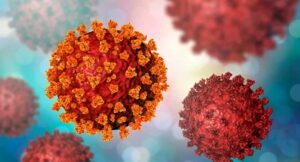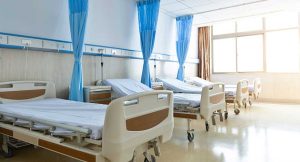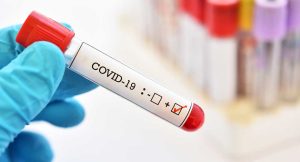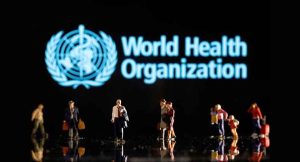US medical device companies continue to face uncertainty and instability as President Donald Trump’s tariffs continue to disrupt the market. Major manufacturers are currently most concerned with supply chain interruptions and cost increases, leading to constant adjustments of company forecasts.
Cardiovascular devices are especially vulnerable to the impacts of tariffs, as many of these devices are reliant upon parts from multiple countries. This could cause delays in the manufacturing and distribution of life-saving cardiovascular devices, says GlobalData, a leading data and analytics company.
Cardiovascular devices include equipment for structural heart conditions, cardiac rhythm management, and both arterial and peripheral vascular interventions. The largest markets within the cardiovascular space include devices such as pacemakers, transcatheter heart valves, electrophysiology catheters, and stents. The largest companies operating within the space include medical device giants such as Medtronic, Abbott, and Boston Scientific, and specialized manufacturers including Edwards Lifesciences and W. L. Gore.
David Beauchamp, Medical Analyst at GlobalData said: “Many cardiovascular device companies rely on manufacturing outside the US to address demand, especially from the US. Tariffs are likely to cause increases in material cost and disrupt long-standing supply chains. Currently, the US does not have the manufacturing capacity to adjust to possible losses that could result from the impacts of tariffs.”
GlobalData estimates the US cardiovascular device market to be worth approximately 34.5 billion USD, growing at a compound annual growth rate (CAGR) of 6.4% from 2024 to 2034. Due to the impact of tariffs on cardiovascular device companies, sales and growth in the US could decrease as companies focus on other countrys’ markets or are forced to absorb the impact of tariffs on their revenue.
Beauchamp concluded: “US tariffs on other countries, especially on major manufacturing centres in Asia, could cause cardiovascular device manufacturers to see decreased revenues and growth within the US. It remains unlikely that the US can become completely self-sufficient in producing all the components required for advanced cardiovascular medical devices. Without a more concrete and stable policy on these tariffs from the current American administration, it is likely that most manufacturers will be forced to continuously change their internal forecasts and production plans.” Med-Tech Insights









